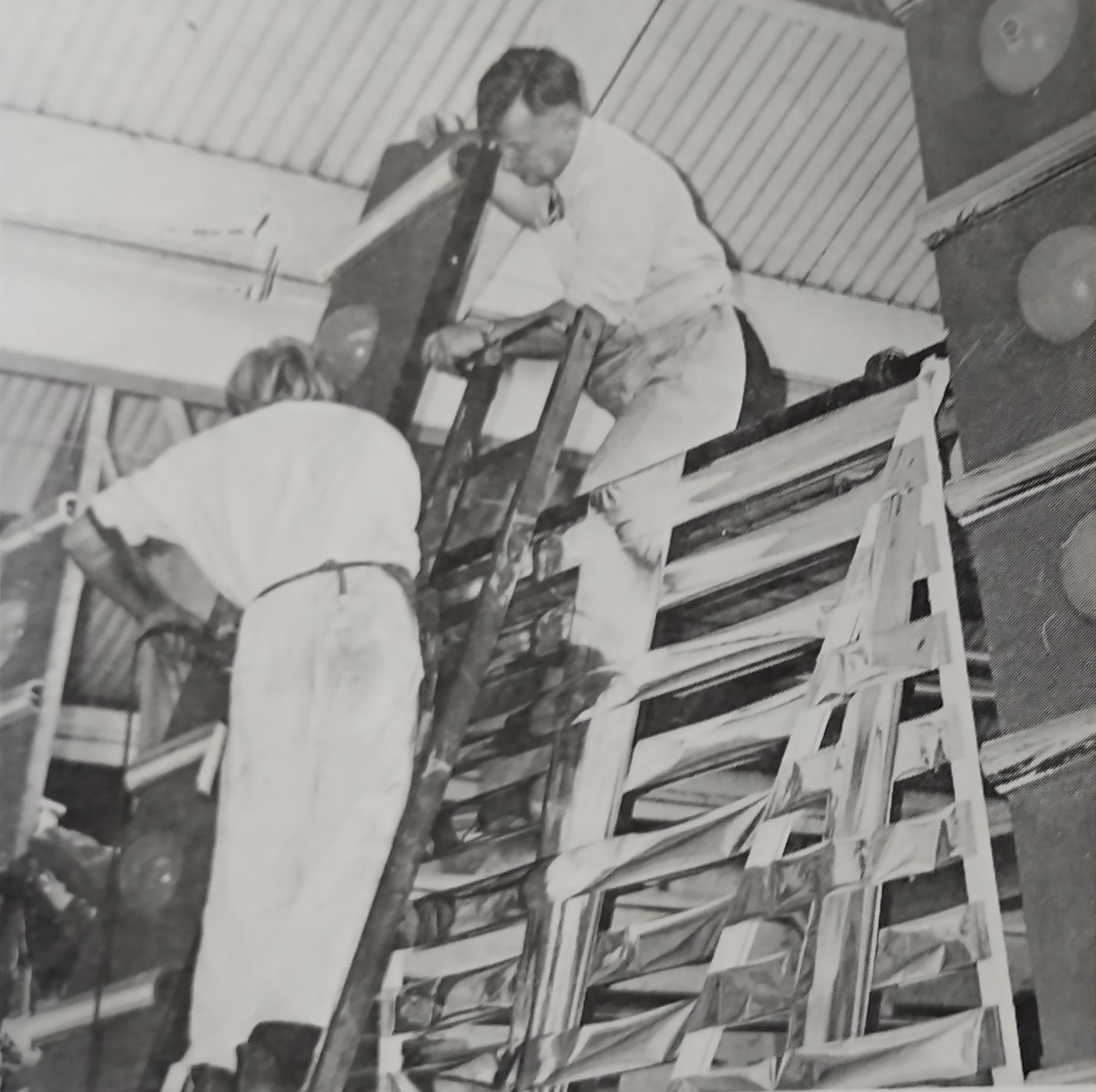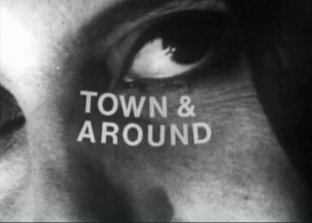The awards launched in 1965 and were the forerunner of the New Zealand Music Awards. It was created by the advertising agency of British multi-national company Reckitt & Colman, with support from the New Zealand Broadcasting Corporation (NZBC), the New Zealand Federation of Phonographic Industries and the Australasian Performing Right Association (APRA), with the awards named after Reckitt & Colman's anti-dandruff shampoo, Loxene.
10 finalist songs (later 12) were selected annually by a panel, with the winner decided by a public vote. While initially only one prize was given, other awards were added, including categories for record cover, recording artist of the year, and a producer award. From 1969, two awards were given - one to a solo artist, the other to a group however there was still one supreme award.
In 1965 and 1966 compilation LPs with tracks by annual finalists were released by Viking Records, with the 1970, 1971 and 1972 LPs released by HMV on behalf of the industry.
1965
The first Golden Discs ceremony was broadcast on radio, live from the White Heron Lodge in Wellington on 25 November 1965. An earlier television programme featured the 10 finalists performing their songs live in studio.
- Ray Columbus and the Invaders – "Till We Kissed"
- Dinah Lee – "I’ll Forgive You Then Forget You"
- Herma Keil – "Teardrops"
- The Yeomen – "Love Is A Very Funny Thing"
- Tony and the Initials – "Leah"
- The Chicks – "Hucklebuck"
- Tommy Adderley – "Like Dreamers Do'
- Paul Walden – "No Moa!"
- Bruno Lawrence – "Bruno Do That Thing"
- The Minors – "You’re Not There"
1966
The 1966 award was again held at the White Heron Lodge in Wellington, on 9 November 1966. The event was broadcast live on radio. The night before, the finalist performed on an hour-long television special.
- Maria Dallas – "Tumblin’ Down"
- Jay Epae – "Hold On Tight"
- Howard Morrison – "Don’t Let It Get You"
- Ray Columbus – "I Need You"
- The Gremlins – "The Coming Generation"
- The La De Das – "How is the Air Up There"
- The Yeomen – "Love is a Very Funny Thing"
- John Hore – "My Heart Skipped A Beat"
- Gwyne Owen – "In My Room"
- Ken Lemon – "Living In A House Full Of Love"
1967
The awards were held for the final time at the White Heron Lodge on 4 November 1967. A television programme previewing the 10 finalists screened two days before the ceremony. Instead of the studio performances of previous years, the show used video clips of the artists performing their songs.
- Mr. Lee Grant – "Thanks to You"
- Herma Keil – "C’mon"
- The Gremlins – "Blast Off 1970"
- The La De Das – 'Rosalie'
- Sandy Edmonds – "Daylight Saving Time"
- Larry’s Rebels – "Let’s Think of Something"
- The Avengers – 'Everyone’s Gonna Wonder"
- The Underdogs – "Sittin’ in the Rain"
- Maria Dallas – "Handy Man"
- Ray Woolf and The Avengers – "Crystal Ball"
1968
In 1968 the awards ceremony moved to Auckland, with the Golden Disc presented at the Intercontinental Hot on 7 November 1968. The awards also included a Cover of The Year award, but there is no record of who won this. The award were broadcast live on television and simulcast on NZBC radio stations.
- Allison Durbin – "I Have Loved Me a Man"
- The Shevelles – "Beat the Clock"
- Larry’s Rebels – "Halloween"
- Ray Columbus – "Happy in a Sad Kind of Way'
- The Hi-Revving Tongues – "Tropic of Capricorn'
- The Avengers – 'Love Hate Revenge"
- The Simple Image – "Spinning Spinning Spinning"
- The Fourmyula – "Alice is There'
- The Chicks – "River Deep-Mountain High"
- Mr. Lee Grant – "Why or Where or When"
1969
TV Broadcast drew more viewers than that year’s election results.
1970
As the event was to be broadcast on TV attendees were asked to wear formal attire of dress suits/evening gowns
1971

Golden Disc
New Zealand's major pop event, the final of the Loxene Golden Disc Award, took on an added touch of excitement this year with a spectacular set designed especially for the occasion in the CHTV-3 Workshop. It was the biggest set ever designed and constructed for New Zealand television.
The centre peak, which went right to the roof of the Christchurch Town Hall, stood 33 feet tall and on the set were 114 lights with an extra 72 lights surrounding the stage area.
It took five men three weeks to construct the set in the workshop and ten men another 31 hours over the weekend to erect the set in the Town Hall.
Seem the TV broadcast of the awards got some bad reviews.
1972
Not clear if they got broadcast....
Information "borrowed" from Wikipedia and audioculture



Comments powered by CComment